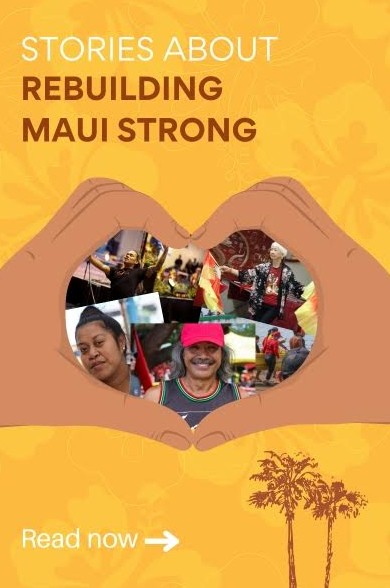Measuring multi-racial identity is harder than it may seem, according to a new report from the Pew Research Center.
Pew broke it down and found depending on how you asked greatly influenced the final outcome.
Method 1 is known as the standard two-question measure. Anyone who listed more than one or more race is considered multi-racial. This method has a separate question measuring Hispanic ethnicity. 3.7% of Americans would be considered mutli-racial under this format.
The alternative questionnaire experiment included the Hispanic origin option in the mark one or more box option. The percentage of people considered multi-racial increased to 4.8% using this method.
Another method considers the race of the parents. The respondent may choose only one race, but if their parents are multi-racial, then the child is considered multi-racial as well. Using this methodology, The percentage of multi-racial people under this method increased to 10.8%.
For those who didn’t have a parent of more than one race, the questioner asked about the grandparents. 16.6% would be classified as multi-racial using this method.
A fifth method developed by Taeku Lee of U.C. Berkeley asked respondents to assign points of up to 10 to their racial identity. For instance, someone may be Asian and Hispanic and decide to assign 5 points to each. But if one felt closer to one identity than the other, they could conceivably assign seven to one identity and three to the other. This increased the percentage of multi-racial people to 12.7%.
Finally the attitudinal method asked people a simple question–do you consider yourself multi-racial. 12% answered yes.
The Pew report is two chapters long and includes several appendixes. You can take a deep dive into this issue at the Pew Research Center.




